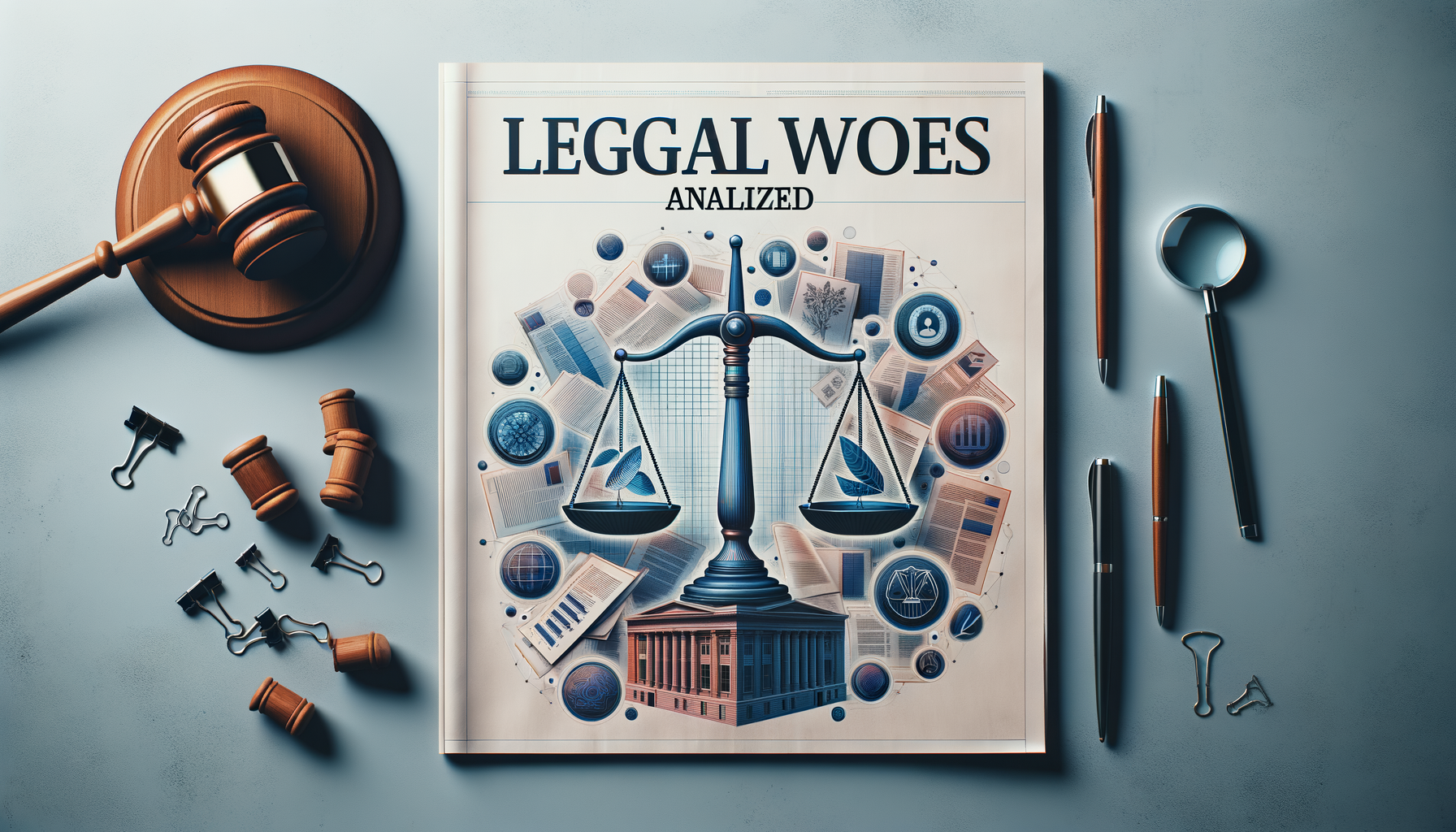Brief Summary of the Case: The Legal Woes of Celsius
Issue: The primary legal issue in the case of Celsius revolves around whether the actions taken by the cryptocurrency lending platform were in violation of securities laws, resulted in a breach of contract, or constituted fraudulent activities that led to significant financial losses for its users.
Rule: The applicable legal rules derive from federal securities laws, contract law principles, and fraud statutes. The Securities Exchange Act of 1934, along with various state securities regulations, provides the framework for determining if Celsius’s financial products were unregistered securities. Contract law governs the agreements between Celsius and its users, and fraud statutes address any deceptive practices.
Application: The application of these rules will require a detailed examination of Celsius’s operations, marketing materials, user agreements, and financial transactions to determine if they made false promises about the safety and liquidity of user deposits, and if they failed to register their products as securities where required.
Conclusion: The conclusion will hinge on the court’s fact-finding, interpretation of the law, and the evidence presented. If the court finds that Celsius violated securities laws, breached contracts, or committed fraud, it could result in significant liabilities and penalties for the company.
Detailed IRAC Outline of the Relevant Facts and Discussion of the Case:
Issue:
– Were Celsius’s investment products unregistered securities?
– Did Celsius breach its contractual obligations to its customers?
– Did Celsius engage in fraudulent activities or make misrepresentations about the safety and risk of its products?
Rule:
– The Howey Test determines if an instrument qualifies as an “investment contract” and thus a security under U.S. federal law.
– Contract law requires parties to fulfill their promises as stipulated in a binding agreement.
– Fraud statutes at both federal and state levels prohibit intentional misrepresentation or omission of material facts that induce another to act to their detriment.
Application:
– Howey Test Application:
– Investment of money: Customers deposited cryptocurrency with Celsius.
– Common enterprise: Funds were pooled to engage in lending and other investment activities.
– Expectation of profits: Celsius advertised potential earnings on deposits.
– Efforts of others: Celsius’s management made investment decisions.
– Contractual Obligations:
– Review of Celsius’s Terms of Use: Whether the terms allowed for the freezing of accounts or promised constant liquidity.
– Examination of promised interest rates and withdrawal terms.
– Fraud Allegations:
– Analysis of marketing materials and public statements for potential misrepresentations.
– Examination of internal communications and operations for evidence of intentional deceit.
Conclusion:
– If Celsius’s products meet the Howey Test criteria, they could be considered unregistered securities, which would be a violation of securities laws.
– If the terms of use assured certain rights to customers that were not honored, there may have been a breach of contract.
– If evidence is found that Celsius knowingly misled customers about the safety and risks associated with their products, they could be liable for fraud.
Discussion of the Case:
Issue:
– Analysis of user claims and regulatory actions against Celsius.
Rule:
– Detailed examination of legal precedents related to cryptocurrency platforms and how securities laws have been previously applied in similar cases.
– Exploration of contract law doctrines such as “implied covenant of good faith and fair dealing.”
– Review of legal standards for proving fraud, including reliance and damages.
Application:
– Securities Law:
– Comparison with other cases where crypto-assets were deemed securities.
– Discussion of the SEC’s stance on digital assets as securities.
– Contract Law:
– Scrutiny of Celsius’s actions during periods of financial stress and how they conformed to or deviated from their contractual commitments.
– Investigation into user understanding of the terms and whether that understanding was exploited.
– Fraud:
– Collection of evidence showing whether Celsius’s management was aware of the unsustainable nature of the business model.
– Review of discrepancies between public assurances and actual financial health of the company.
Conclusion:
– A final synthesis of whether Celsius’s actions constituted a legal violation of securities laws, contract breaches, or fraud, followed by a discussion of potential legal remedies and consequences for the company and its users.
